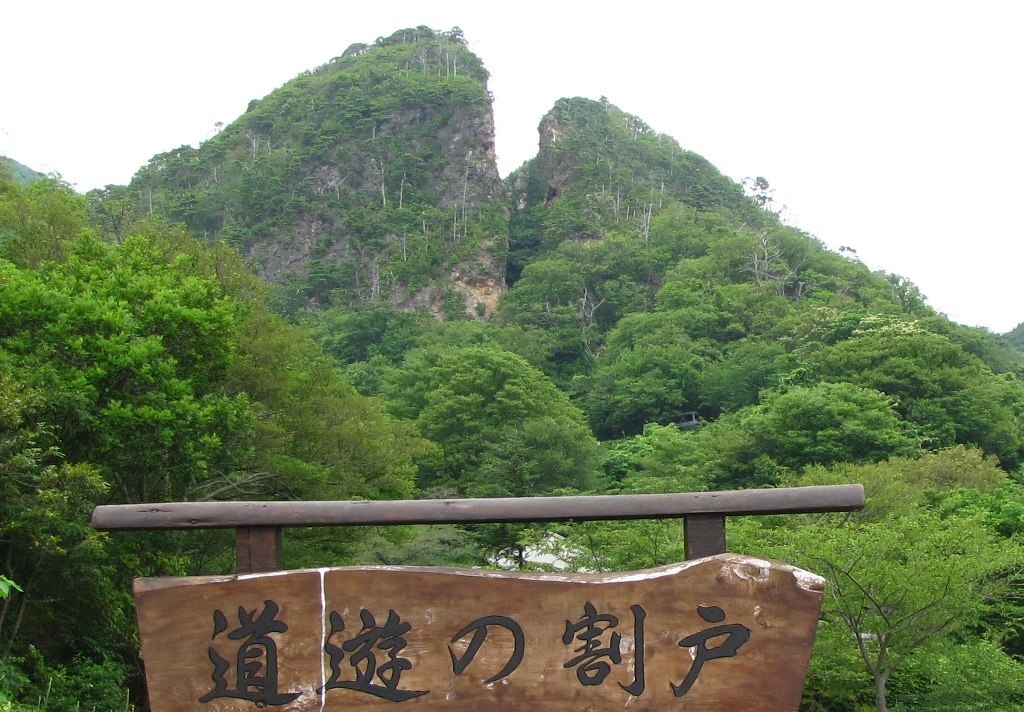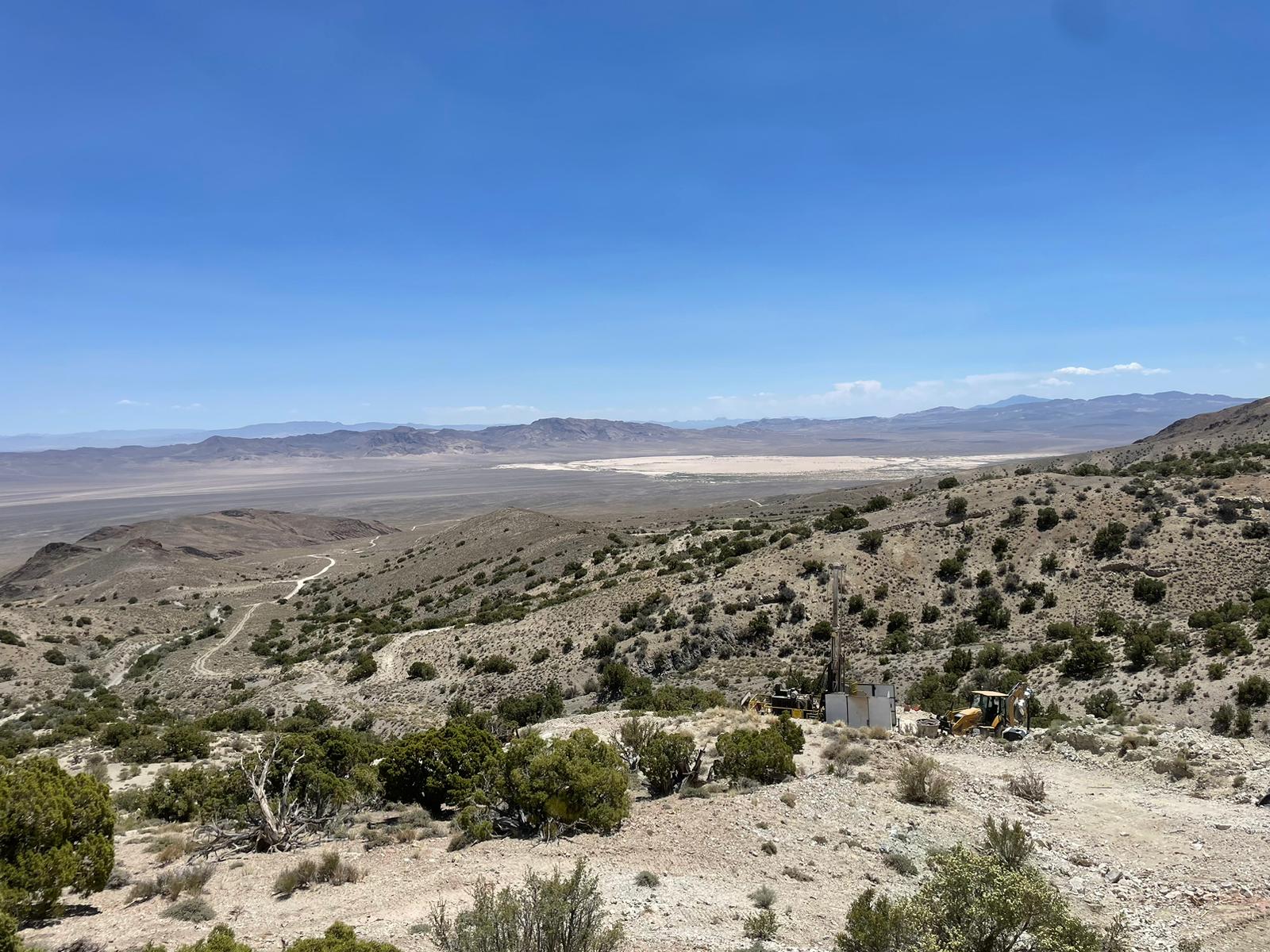Controversial Japanese gold mine designated as UN heritage site

A controversial Japanese gold mine was recently added to the UNESCO cultural heritage site list after Tokyo promised to provide a full and accurate account of its history during World War II.
The Sado mine, located on an island off the coast of Niigata in northern Japan, had been linked to the abuse of workers from South Korea during the war.
Korea had previously rejected the UNECSCO bid over the mine’s dark history and Japan’s failure to acknowledge it, which caused the nations’ bilateral ties to deteriorate.
However, at the annual UNESCO World Heritage committee meeting held this weekend, member states including South Korea gave unanimous support for the inclusion after Japanese officials pledged to provide sufficient information to recount the mine’s history.
During the meeting, Japanese delegates said the country has already installed new exhibition material “to explain the severe conditions” of the Korean laborers, and acknowledged that the workers were put to more dangerous tasks in the mine shaft, causing some deaths.
A memorial service for all the workers at the Sado Island gold mines will be held annually at the site, the officials added.
Japan’s Foreign Minister Yoko Kamikawa said in a statement that she was “truly delighted” by Sado island’s designation, as it underscores its “extraordinary value as an exceptional cultural heritage.”
Meanwhile, the South Korean delegation said it expects Japan to keep its pledge to be truthful to history and to show “both the bright and dark side” of the Sado mine.
The Sado mine operated for nearly 400 years and was once the world’s largest gold producer before closing in 1989.
{{ commodity.name }}
{{ post.title }}
{{ post.date }}

Comments